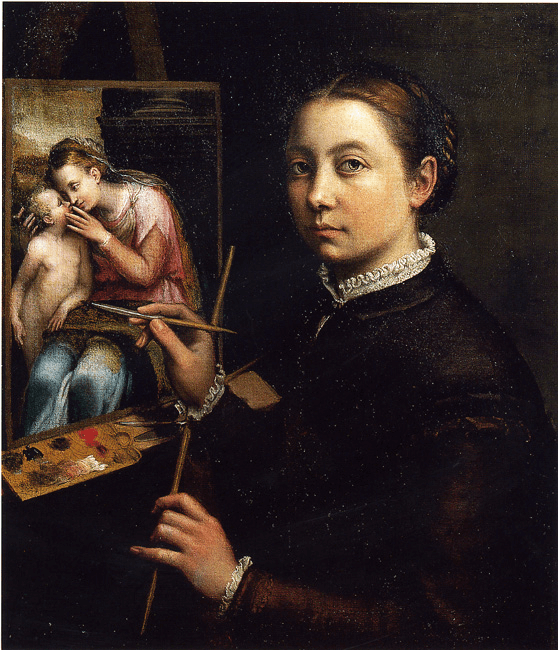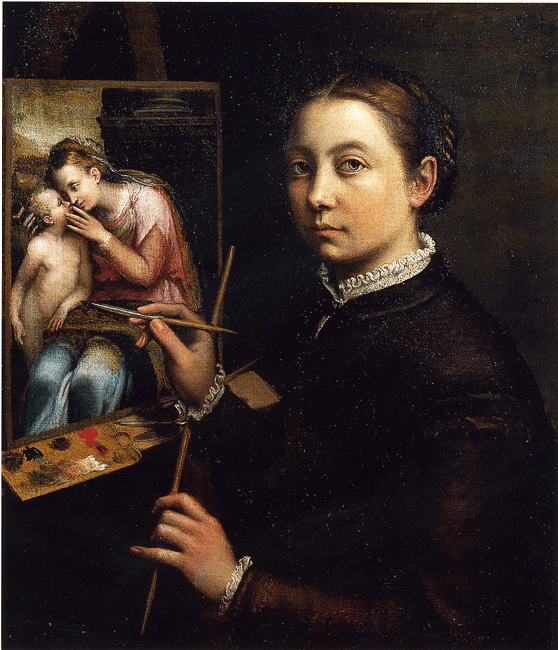
James Hall’s The Self-Portrait: A Cultural History (London: Thames & Hudson, Ltd., 2014) takes a really interesting look at self-portraiture (artists depicting themselves) as a cultural phenomenon. The book considers when the genre began, how it evolved, and how it related to the ideas and trends of each era. It looks at self-portraits by a wide range of western artists from antiquity through the present day.
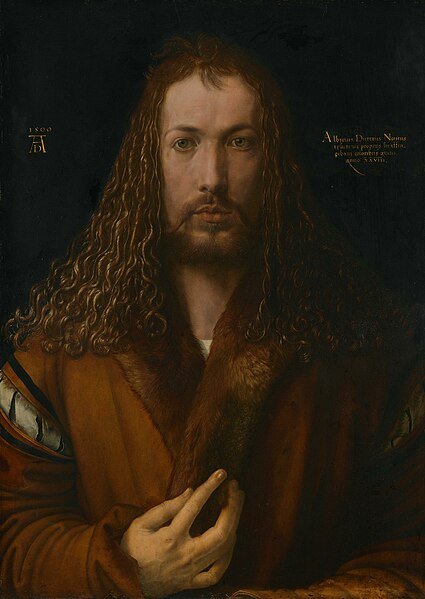
Though most scholars find the origins of self portraiture in the Renaissance, primarily due to the spread of mirrors, Hall sees it as actually having started in the Middle Ages with scribes depicting themselves in illuminated manuscripts. He also addresses how self portraiture has related to the changing place of artists in society across time, from humble craftsman to exhausted genius and beyond. Alongside this conversation, he gives special attention to self-portraits depicting the artist at work in his or her studio. He addresses the phenomena of artists using their own faces for characters in paintings, like Michelangelo‘s use of his own face in his Sistine frescos and Caravaggio‘s face on Goliath’s severed head, architects finding clever places to display their images on buildings they designed, and many others. Hall spends a fair amount of time on prolific self-portrait painters like Durer, Rembrandt, and Titian, and other famous self-portraits like Velasquez‘s in Las Meninas, as well as many lesser-known artists. He also addresses modern and contemporary self-portraits that don’t actually depict the artist’s face or even body.
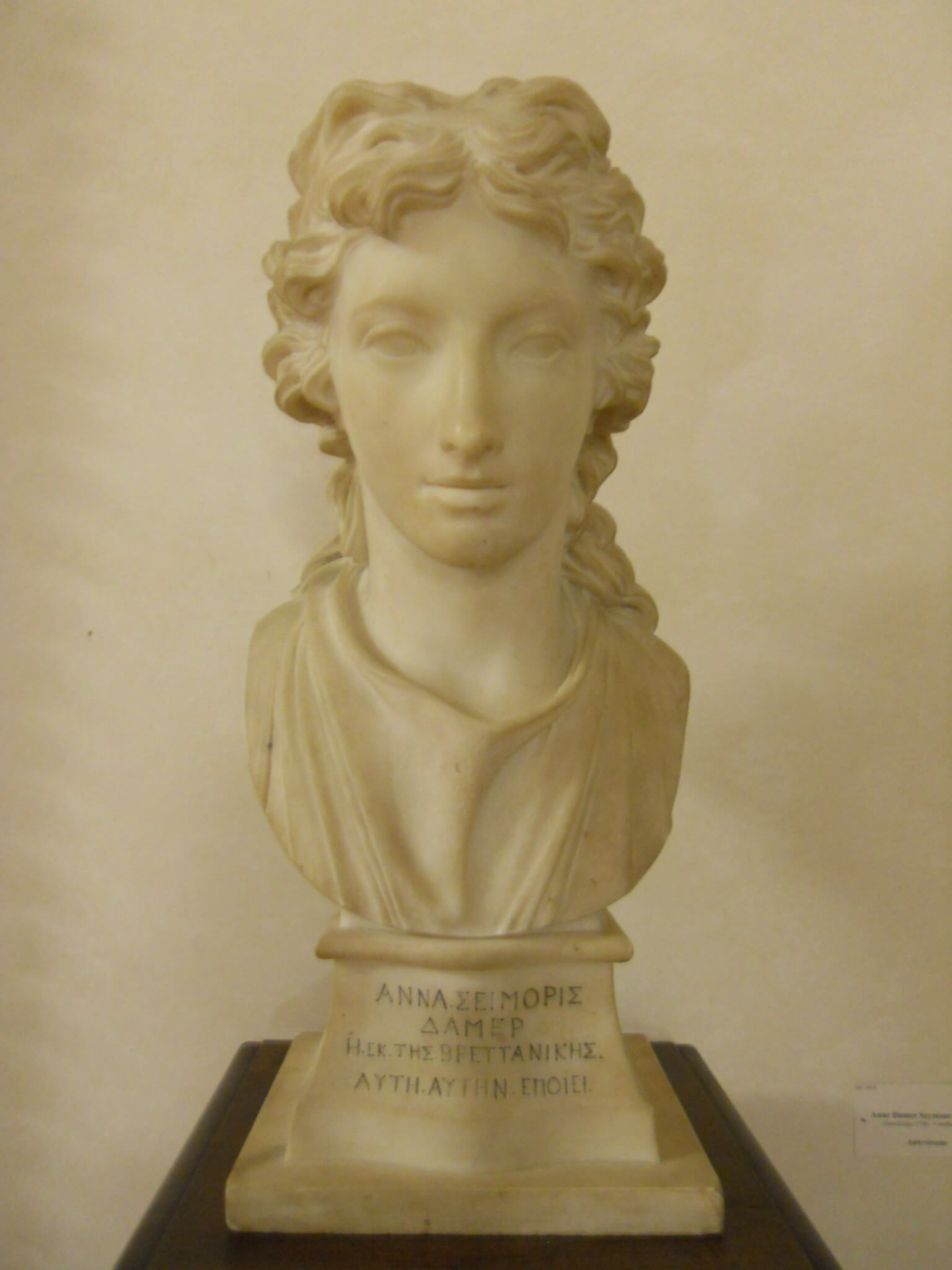
One of my favorite parts of this book was all the artists and self-portraits it brought to my attention. The most interested works, at least to me, included:
- Vincent van Gogh’s paintings of his and Paul Gauguin’s chairs while they were sharing a house in France. The author argues that these are self portraits of a slightly different kind.
- Franz Xaver Messerschmidt’s famously-expressive sculpted heads, which were based on his experimenting with and observing his own facial expressions.
- Lovis Corinth’s remarkable self-portrait with his nude wife. Let’s just say that he didn’t seem too comfortable with her getting up close and personal.
- Renaissance self-portraits by Angelica Kauffmann, Artemisia Gentileschi, and Sofonisba Anguissola.
- Anne Seymour Damer’s elegant self-portrait bust (and all of her sculpture in general, since she’s a new artist to me, and her work is gorgeous).
- Troubled British painter James Barry’s self-portrait with his friends and a piercing stare, which is the attention-grabbing cover image for the book. (See below.)
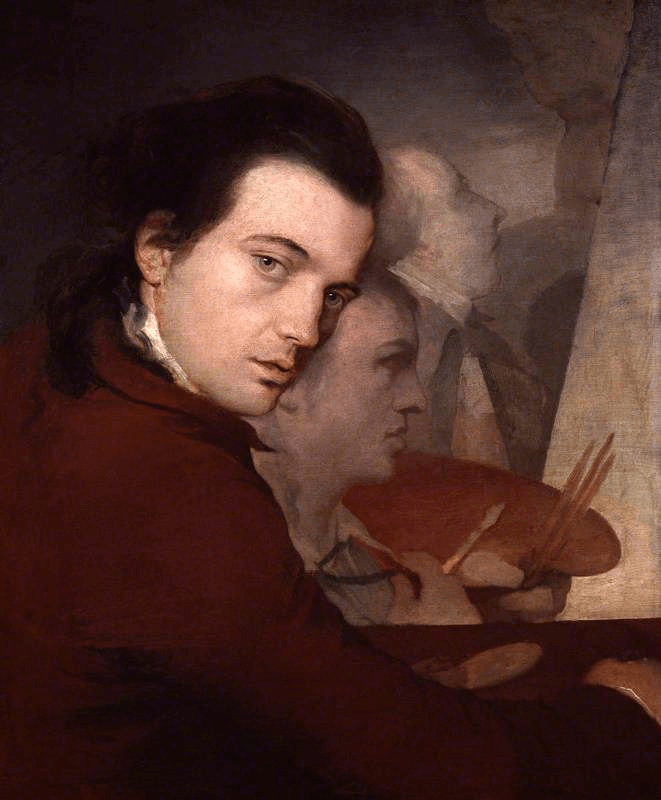
Hall’s book is a great read. It’s well thought-out, researched, and written. Self-portraits commonly appear in art history books, and some scholars have done in-depth work on particular artists’ self-portraits, but this kind of treatment of the overall genre is unusual. I greatly appreciated it. I won’t ever look at a self-portrait the same way again now that I have all these new ideas to consider.
